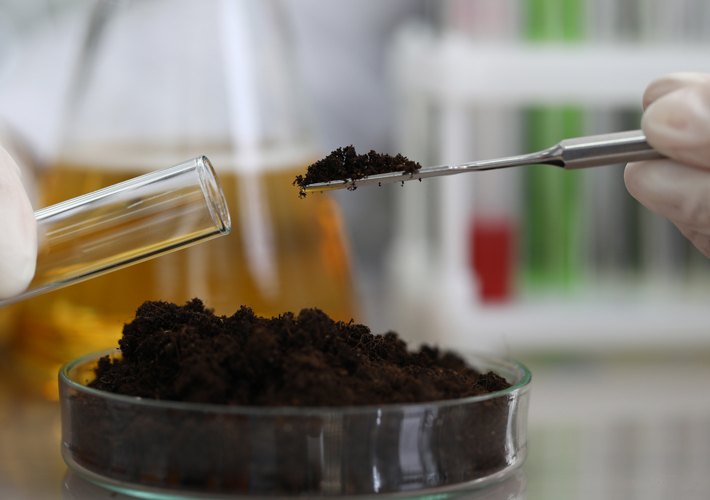
Humus Generation During Biodegradation
A proposed standard will establish the first test method for determining humus generation during biodegradation. ASTM International’s plastics committee (D20) is developing the proposed standard.
Humus is the portion of soil, dark in color and complex in chemical nature, that is made up of partially degraded biomass. As biodegradation of natural materials occurs, the humus content of the soil is thought to increase. Understanding the humus generation through this standard test method would be useful testing for landfill, soil, water, compost, and anaerobic digestion biodegradation testing.
“The test method, a first of its kind within ASTM, will allow for the subtraction of carbon lost to humus generation for determining the amount of biodegradation that a material undergoes,” said Danielle Cowan-Banker, biosystems engineer at mobius. “This will aid in the overall understanding of carbon conversion throughout the biodegradation process and in soil health after biodegradation has occurred.”
The proposed standard (WK73938) will determine the amount of humus generated during a biodegradation test through quantification of humic acid, fulvic acid, and humin generated during a test.
According to Cowan-Banker, the proposed standard will be most useful to manufacturers when designing new materials with the intent of producing biodegradable products and to regulatory bodies when ensuring materials comply with regulations. JOIN ASTM.
U.N. Sustainable Development Goals Supported:

 SN Home
SN Home Archive
Archive Advertisers
Advertisers Masthead
Masthead RateCard
RateCard Subscribe
Subscribe Email Editor
Email Editor